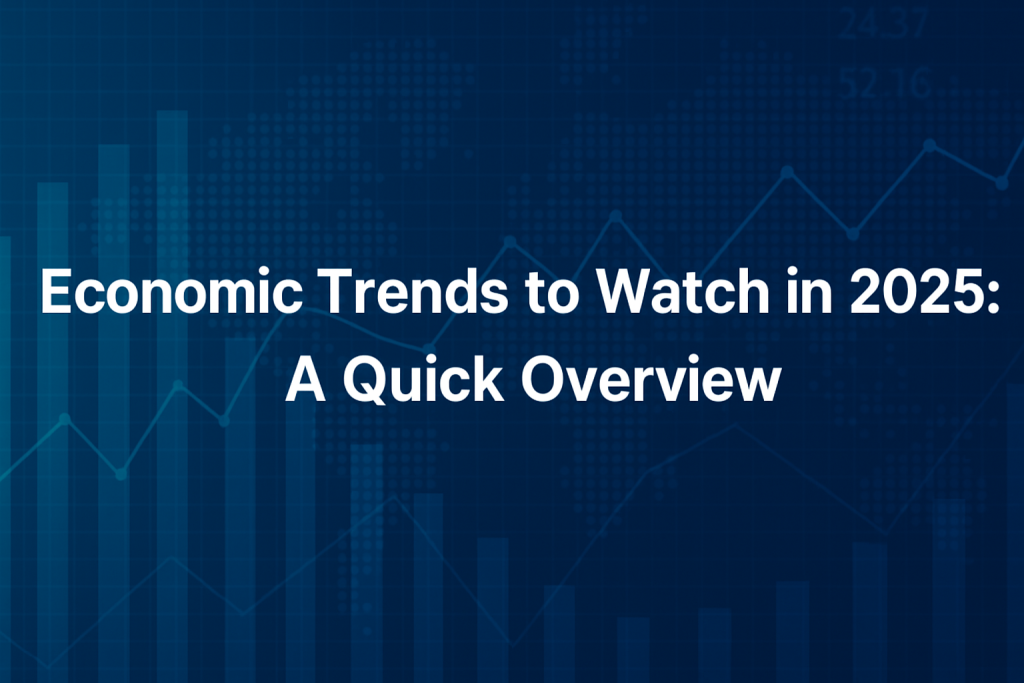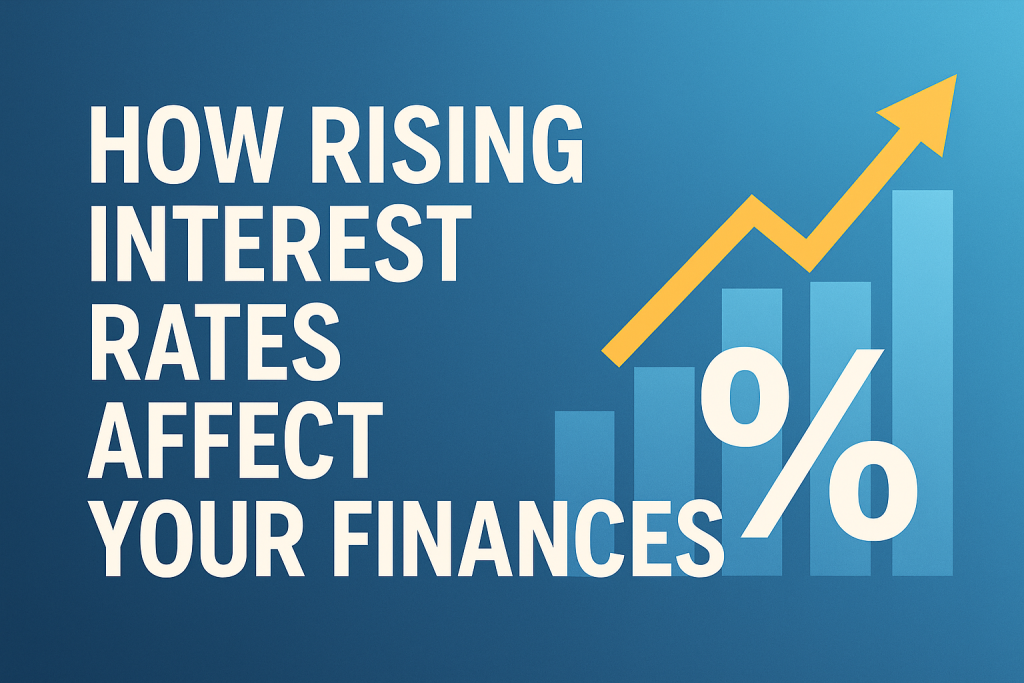As we move deeper into 2025, investors, business leaders, and everyday savers are eager for clear market insights to navigate an evolving global landscape. This article highlights key 2025 economic trends—from growth and inflation to interest rates and sector shifts—providing a concise financial forecast 2025 so you can prepare for the year ahead.
1. Global Growth: Divergent Speeds
Advanced Economies Slow, Emerging Markets Accelerate
After a robust post-pandemic rebound, U.S. and Euro-area GDP growth is forecast to moderate to roughly 1 %–1.5 % as higher borrowing costs and waning fiscal stimulus bite. By contrast, many emerging markets—particularly in Asia and parts of Latin America—should see growth edging above 4 % as supply-chain realignments, tech investment, and resilient consumer demand take hold.
China’s Managed Rebound
Beijing’s shift toward targeted stimulus—focused on green infrastructure and advanced manufacturing—could keep Chinese growth near 4.5 %. That pace remains below pre-2020 norms, but it positions China as a steady, if not spectacular, contributor to global expansion.
2. Inflation and Interest Rates
Sticky Services Inflation
Headline inflation is expected to ease toward 2.5 %–3 % in many developed economies, yet services prices—especially housing, healthcare, and travel—may remain elevated. Central banks will stay data-dependent, weighing the risk of rekindling inflation against the drag of tighter financial conditions.
Rate-Cut Expectations Dialed Back
Markets started 2025 pricing aggressive rate cuts; consensus now calls for a slower pace. The U.S. Federal Reserve could trim its policy rate by 50–75 basis points in the second half, contingent on convincing disinflation. The European Central Bank and Bank of England face similar crossroads, with a “higher for longer” stance still plausible if wage growth stays firm.
3. Sector-Level Opportunities
Technology: AI and Edge Computing
Capital spending on artificial intelligence, cloud infrastructure, and edge-computing hardware is set to grow near 15 %, underpinning revenue for semiconductor producers and hyperscale data-center operators. Long-term investors may find attractive entry points amid short-term volatility.
Energy Transition Accelerates
Policy incentives—especially in the U.S. and EU—continue to spur investment in renewables, grid storage, and hydrogen. Commodity strategists expect sustained demand for critical minerals (lithium, copper, nickel), supporting mining equities despite cyclical headwinds elsewhere in materials.
Healthcare: Demographic Tailwinds
Aging populations drive steady demand for pharmaceuticals, medical devices, and senior-care services. Breakthroughs in gene editing and obesity treatments could add incremental growth, though heightened regulatory scrutiny remains a wild card.
4. Corporate Profit Outlook
Margin Pressures Ease Slightly
Lower input-cost inflation and stabilizing wages should help multinational companies defend margins. Analysts project S&P 500 earnings growth of roughly 7 % in 2025, powered by tech, industrial automation, and select consumer discretionary names.
Balance-Sheet Resilience
After a period of cautious cash management, many firms hold record liquidity. Expect renewed share-buyback authorizations and targeted M&A, particularly in software, renewable energy, and biotech, where strategic assets trade at attractive valuations.
5. Key Risks to Monitor
- Geopolitical Flashpoints: Elections in major economies and persistent conflicts could disrupt energy and commodity markets.
- Credit Tightening: A wave of corporate debt maturities coincides with higher refinancing costs, raising default risk for highly leveraged issuers.
- Climate-Related Events: Extreme weather may impact supply chains and insurance costs, adding another layer of uncertainty.
Final Thoughts
Navigating 2025 economic trends demands flexibility. Slowing but positive global growth, gradually cooling inflation, and selective sector opportunities define our financial forecast 2025. Investors should keep diversified, favor quality balance sheets, and maintain ample liquidity to seize opportunities as market insights evolve. While uncertainties remain, a disciplined strategy can help weather volatility and capture growth in the year ahead.

